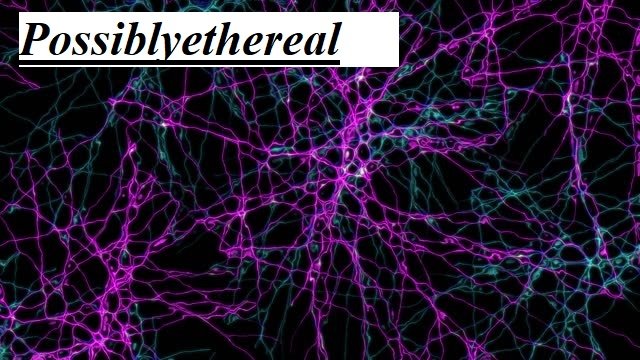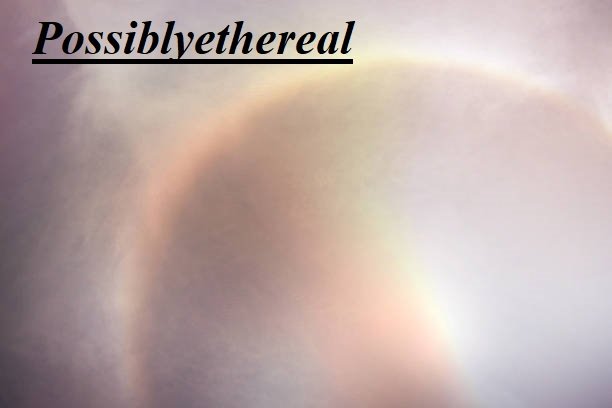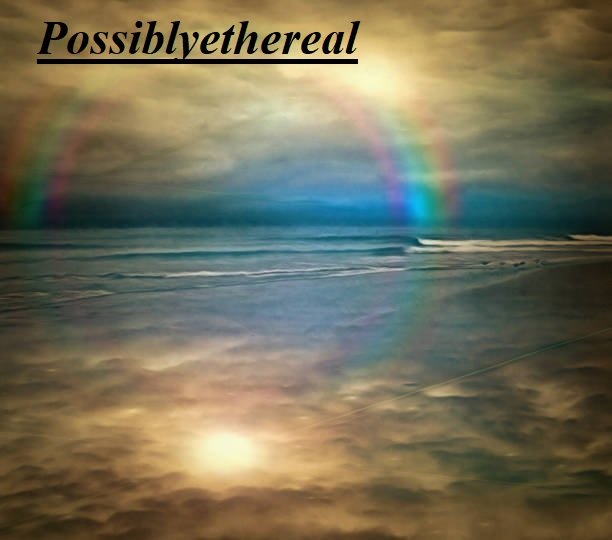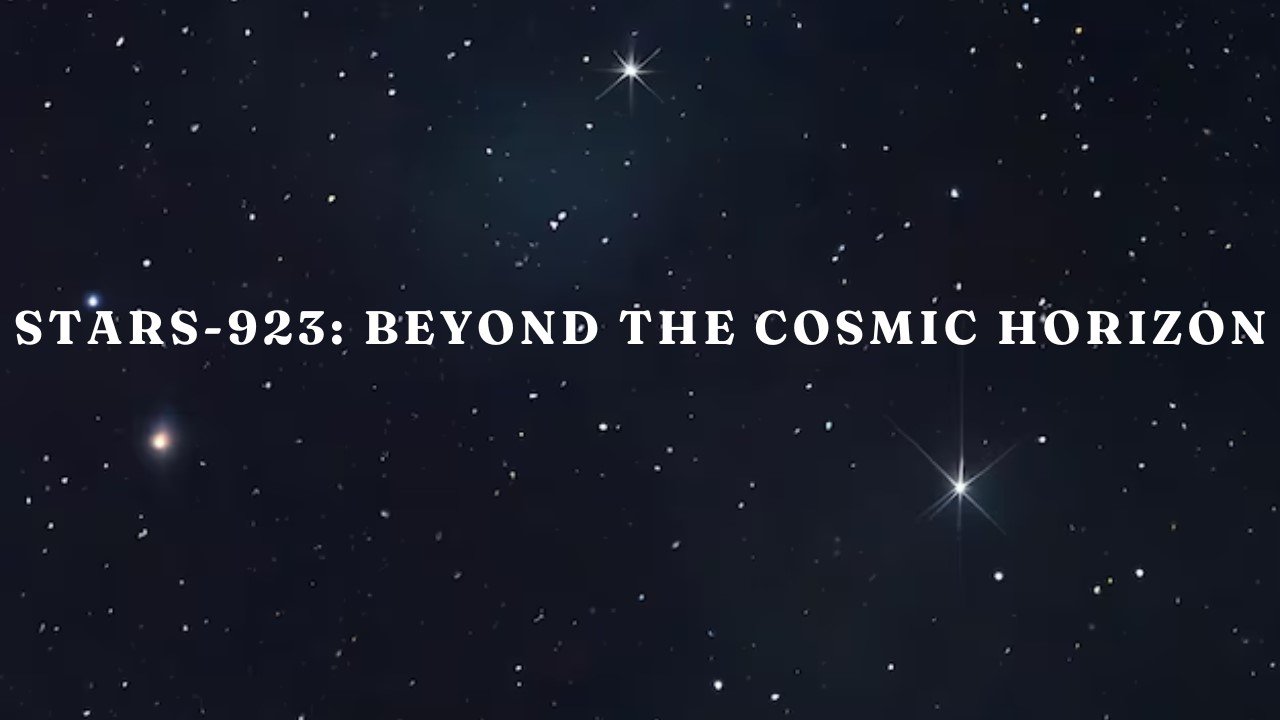Introduction
The idea of the Possiblyethereal has involved people for centuries, often depicted in literature, art, and philosophy as something past the physical realm. It inspires an experience of delicacy, lightness, and otherworldliness, touching upon subject matters of the supernatural, spirituality, and the intangible. The ethereal represents a bridge between the recognized and the unknown, inviting us to explore the boundaries of our perception and understanding.
From historic myths to fashionable medical theories, the ethereal keeps inspiring and tasking us. This article delves into fifteen exciting elements of the airy, examining its presence and impact on various domains of human idea and creativity.
The Essence of the Possiblyethereal
The Possiblyethereal is often defined as something delicate and mild, almost otherworldly. It is normally related to the supernatural, spirituality, and the intangible. The period itself evokes a sense of something no longer sure by using the physical legal guidelines of our world. In various cultures, the ethereal is seen as a bridge to the divine or the realm of spirits.
Its characteristics encompass an elusive, almost ghostly best that transcends everyday notions. This elusive nature has made the ethereal a critical subject in mystical traditions and inventive expressions, symbolizing the pursuit of higher understanding and spiritual enlightenment.
Historical Contexts of Possiblyethereal Beings
Throughout records, exclusive cultures have described airy beings, such as angels, spirits, and deities. These beings are frequently depicted as messengers or intermediaries between the divine and the mortal global. In historic texts and religious scriptures, ethereal beings regularly possess attributes that set them other than humans, such as luminous appearances, the capability to traverse one-of-a-kind nation-states, and profound knowledge.
For example, in Christianity, angels are depicted as servants of God, wearing out divine will and imparting safety and steerage to humans. Similarly, in Hinduism, deities regularly take place in Possiblyethereal forms to interact with the mortal international, bringing messages of cosmic significance.
Possiblyethereal Elements in Mythology
Mythological testimonies from diverse cultures have characteristic airy factors, along with the Greek concept of the Possiblyethereal, the 5th detail believed to fill the universe past the terrestrial sphere. This aether turned into taken into consideration a natural, divine substance, contrasting with the more mundane factors of earth, water, air, and fireplace. In Greek mythology, the aether was the air that the gods breathed, a celestial counterpart to the earthly air human beings breathe.
This idea of an advanced, airy element indicates a realm of lifestyles that is purer and more delicate than our own, an ordinary theme in myths international. Similar standards can be determined in different cultures, just like the Hindu akasha, representing the gap or ether wherein the whole lot exists.
The Role of Possiblyethereal in Ancient Philosophy
Philosophers like Aristotle posited the lifestyles of Possiblyethereal, a pure, heavenly substance that made up the stars and planets. This concept stimulated clinical thought for centuries. Aristotle’s ether also referred to as quintessence, became thought to be unchanging and everlasting, in contrast to the mutable elements found on Earth.
This philosophical framework supplied a basis for information on the cosmos and the character of celestial bodies, suggesting that the heavens have been composed of a special, greater ideal substance than the corruptible substances of the terrestrial international. This concept persevered through the Middle Ages and into the Renaissance, influencing early cutting-edge technological know-how and the study of astronomy.
Ethereal Depictions in Art
Artists have long been captivated with the aid of the idea of the ethereal, often depicting it in works of artwork. These depictions may be visible in Renaissance artwork, abstract art, and modern digital media.
During the Renaissance, artists like Leonardo da Vinci and Raphael portrayed airy beings and scenes with an experience of divine light and otherworldliness, the usage of techniques like sfumato to create gentle, dreamlike surroundings. In the 20th century, summary artists along with Wassily Kandinsky and Piet Mondrian explored the airy via non-representational forms and colors, aiming to evoke religious stories and transcendence.
Today, virtual artists keep this exploration, using superior technologies to create immersive, airy studies that blur the bounds between the virtual and the actual. Through those artistic expressions, the Possiblyethereal continues to encourage and mission our perceptions, inviting us to explore realms past the physical.
Literature’s Exploration of the Ethereal
Literature, from poetry to novels, has explored the ethereal through themes of transcendence, the supernatural, and the chic. Works by authors like Edgar Allan Poe and William Blake are wonderful examples. Poe’s memories and poems regularly delve into the uncanny and the supernatural, evoking a sense of the ethereal via gothic and macabre elements. His use of environment and symbolism creates a palpable feeling of otherworldliness.
William Blake, then again, explored the ethereal through visionary and mystical themes in his poetry and art. His works depict a universe infused with divine presence and religious forces, illustrating the airy as an intrinsic part of human experience. These literary explorations encourage readers to confront the unknown and recollect the deeper, regularly unseen dimensions of lifestyles.
Possiblyethereal Experiences in Spirituality
Many spiritual traditions communicate studies, which include out-of-frame reviews, visions, and encounters with otherworldly entities. These stories are regularly defined as profound and transformative. In many cultures, shamans, mystics, and religious seekers file trips to Possiblyethereal geographical regions, where they advantage of insights and awareness past normal perception.
For instance, in Tibetan Buddhism, the Bardo Thodol (Tibetan Book of the Dead) describes the soul’s adventure through ethereal nation-states after death. Similarly, in Christianity, saints and mystics like St. Teresa of Avila have documented their studies of divine visions and raptures, describing encounters with angels and celestial beings. Such experiences are often seen as moments of heightened spiritual attention, imparting a glimpse into the airy nature of truth.
Scientific Perspectives at the Possiblyethereal
While the concept of the Possiblyethereal is often seen as mystical, a few medical theories explore associated ideas, which include darkish remember, dark strength, and the multiverse, which project our understanding of truth. Dark rely and dark power are mysterious substances that represent most of the universe’s mass and energy, yet they continue to be undetectable by using conventional ways.
Their elusive nature parallels the airy, suggesting the life of unseen forces shaping our cosmos. Similarly, the multiverse theory posits that our universe is just one among many, present within an extensive, likely limitless, community of universes. This idea expands our understanding of fact, introducing opportunities that seem nearly airy in their complexity and scope.
The Ethereal in Modern Physics
Modern physics, in particular quantum mechanics, has brought concepts that seem almost airy, such as wave-particle duality and entanglement, which defy conventional common sense and instinct. Wave-particle duality is famous that debris, such as electrons and photons, can show off both wave-like and particle-like conduct, depending on how they may be located.
This duality challenges our classical know-how of count and energy, suggesting an extra fluid, ethereal nature to fundamental particles. Quantum entanglement further blurs the strains of conventional physics, describing how debris can instantly affect each different’s states, no matter the gap separating them.
This phenomenon, described by Einstein as “spooky movement at a distance,” suggests underlying connections in the fabric of the universe that are not certain through space or time.
The Intersection of Technology and the Ethereal
Advancements in technology have enabled new explorations of the ethereal. Virtual fact, augmented reality, and synthetic intelligence are growing reviews that blur the road between the physical and the Possiblyethereal.
Virtual reality (VR) immerses users in virtual environments that could mimic or transcend physical fact, bearing in mind reviews that feel tangibly actual yet exist in an in basic terms digital area. Augmented fact (AR) overlays digital records onto the physical global, enhancing our belief of fact with ethereal factors.
Artificial intelligence (AI) provides some other layer, with wise structures able to produce content and interactions that could evoke a sense of the ethereal. These technologies are increasing our sensory and cognitive barriers, providing new methods to experience and apprehend the airy dimensions of lifestyles.
Possiblyethereal Aesthetics in Fashion and Design
The fashion and layout industries often draw concepts from the airy, developing clothes and environments that evoke a feel of otherworldliness and enchantment. Designers use light, flowing fabric, shimmering materials, and elaborate info to craft pieces that seem delicate and nearly supernatural.
Collections might have characteristic elements like ethereal gowns with diaphanous layers, holographic fabrics that alternate coloration and light, and accessories that resemble celestial or legendary motifs. The interior layout additionally embraces the airy employing incorporating elements like smooth, ambient lights, obvious or reflective substances, and minimalist but surreal forms. This aesthetic objective is to move humans into a dreamlike kingdom, mixing the boundaries between reality and delusion.
Ethereal Soundscapes in Music
Music, too, explores the air through ambient, atmospheric soundscapes. Genres like new age, ambient, and even positive strands of electronic music purpose to create airy auditory experiences. Composers and musicians use synthesizers, reverb, echo results, and mild melodies to evoke a feeling of spaciousness and tranquillity.
Pioneering artists including Brian Eno, with his ambient tracks, and Vangelis, recognized for his cinematic scores, create soundscapes that deliver listeners to otherworldly realms. The Possiblyethereal exceptional of this track regularly induces a meditative or introspective state, permitting listeners to hook up with deeper, intangible elements in their recognition.
Psychological Interpretations of the Ethereal
Psychologists have studied how Possiblyethereal reviews can affect the human mind. These experiences can adjust perceptions, evoke sturdy feelings, and impact mental well-being. For instance, reports of awe, often described as airy, can result in a sense of vastness and surprise, decreasing the ego and fostering a greater sense of connectedness and meaning.
Such studies can occur in nature, through spiritual practices, or inventive engagement. The feeling of encountering something more than oneself can sell psychological well-being, supplying respite from everyday stresses and enhancing someone’s average sense of reason and success.
Additionally, practices like mindfulness and meditation frequently propose to domesticate airy reviews, emphasizing the significance of transcending normal awareness.
Ethereal Themes in Cinema
Cinema has long been curious about the airy, frequently depicting it through visible consequences, storytelling, and sound design. Films like “The Matrix,” “Inception,” and “Avatar” explore ethereal themes via developing trade realities, dream worlds, and immersive experiences that undertake our notion of truth. Directors use advanced CGI, surreal imagery, and revolutionary soundscapes to awaken the Possiblyethereal.
For instance, “Avatar” provides the plush, bioluminescent international of Pandora, which feels airy because of its fantastical landscapes and life forms. “Inception” delves into the ethereal nature of desires, with layered dreamscapes and shifting realities. These movies captivate audiences by immersing them in reviews that extend their creativeness and discover the boundaries between the regarded and the unknown.
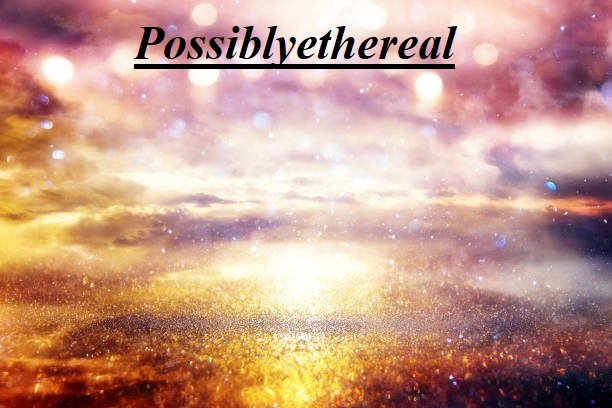
The Future of Possiblyethereal Exploration
As our know-how of the universe evolves, so too does our exploration of the airy. Future advancements in science, era, and philosophy will hold to task and expand our perception of what is possible. Scientific endeavors, such as the search for extraterrestrial life and the observation of focus, might also unveil new dimensions of life that feel ethereal by using nature.
Technologies like mind-pc interfaces and superior VR could permit us to discover and interact with airy geographical regions more immediately. Philosophical inquiries might further probe the character of fact, focus, and the universe, revealing insights that align with ethereal ideas.
As humanity progresses, the pursuit of the ethereal will probably continue to be a key component of our quest for understanding and information, continually pushing the boundaries of what we do not forget actual and possible.
Conclusion
The Possiblyethereal, in its many forms, continues to captivate and inspire us. Whether through mythology, artwork, science, or private experience, it invitations us to look past the bodily global and ponder the mysteries that lie past. From the sensitive beauty of airy style and design to the profound effect of airy studies in spirituality and psychology, the concept of the airy touches all components of human life.
As our expertise of the universe evolves, so too does our exploration of the ethereal, promising discoveries and insights. The ethereal remains a testimony to human interest and imagination, a symbol of our quest to go beyond the normal and connect with the chic.








